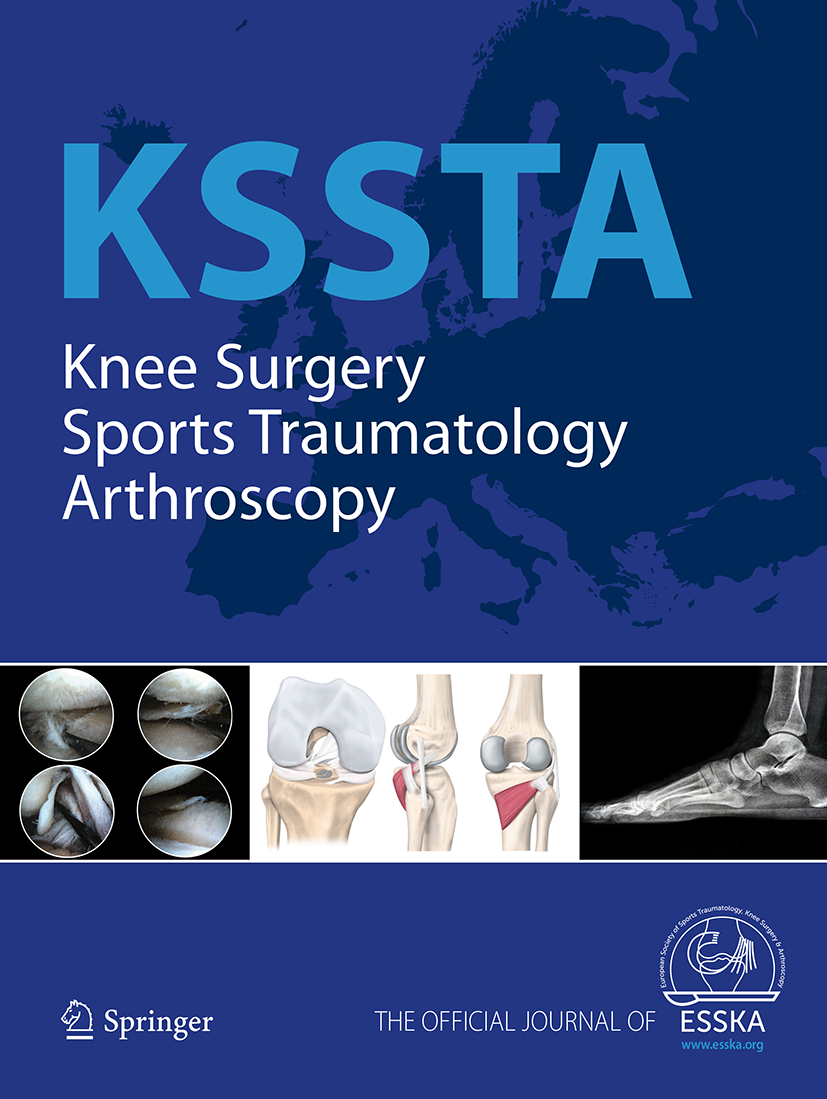
Bupivacaine combined with sufentanil provides effective analgesia after knee arthroscopy

Bupivacaine combined with sufentanil provides effective analgesia after knee arthroscopy
Comparison of bupivacaine alone and in combination with sufentanil in patients undergoing arthroscopic knee surgery
Knee Surg Sports Traumatol Arthrosc. 2011 Nov;19(11):1915-9. doi: 10.1007/s00167-011-1522-0. Epub 2011 May 18Did you know you're eligible to earn 0.5 CME credits for reading this report? Click Here
Synopsis
50 patients undergoing unilateral arthroscopic knee surgery were randomized to either receive 10 mg of 0.5% hyperbaric bupivacaine or 5 mg 0.5% hyperbaric bupivacaine combined with 2.5 micro grams of sufentanil to obtain unilateral spinal anesthesia. The objective of this trial was to compare efficacy of the combinations for unilateral spinal anesthesia. Assessments measured over 24 hours indicat...
To view the full content, login to your account,
or start your 30-day FREE Trial today.
FREE TRIAL
LOGIN
Forgot Password?
Explore some of our unlocked ACE Reports below!

Learn about our AI Driven
High Impact Search Feature
Our AI driven High Impact metric calculates the impact an article will have by considering both the publishing journal and the content of the article itself. Built using the latest advances in natural language processing, OE High Impact predicts an article’s future number of citations better than impact factor alone.
Continue



 LOGIN
LOGIN

Join the Conversation
Please Login or Join to leave comments.